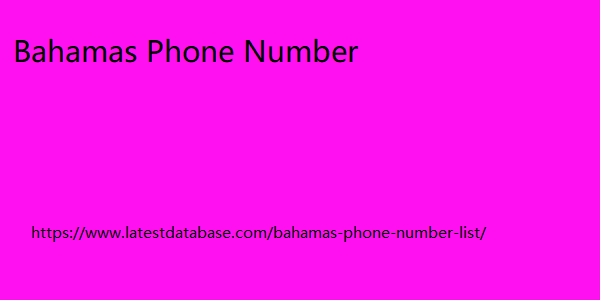|
|
Be an nlp expert, but some techniques can be useful. Such techniques are based on 14 assumptions, nine of which are particularly important for coaching: the other's model of the world must be respected; communication is what the receiver understands and not what the sender says; the mind and body affect each other; words are not the things or events they represent; the most important information about a person is their behavior and each behavior is always the best option available to the person at that moment; a person's behavior is not them; people internally have the resources they need to be successful; there is no failure because everything is feedback; if what you're doing doesn't work, do something different.
Chapter 9: reframing. A frame is not the picture, but it impacts how it is seen. Sometimes bluntly. Likewise , the premises of a situation strongly influence its interpretation. And often a coach helps his coachee with their challenges, simply by Bahamas Phone Number enabling them to see the same situation from different perspectives, which is called reframing. Chapter 10: matters of state. A person's physical, mental and emotional state influences how they perceive and react to a situation. A coach needs, first of all, to ensure that their state is favorable when conducting a session and work so that the coachee reaches their optimal state to decide and act in line with their goals. This means that the coach often needs to invoke, through the right techniques, a specific state (mental, physical or emotional) in the coachee, favorable for a specific session.

One technique available for this is anchoring, a process in which a trigger is connected with a state that can be brought to light from that trigger. Chapter 11: representational systems. Each person processes information differently. And the three most common forms of information processing are: auditory; visual and kinesthetic. Predominantly auditory people process words and what is said particularly intensely, using language and metaphors linked to sound. Kinesthetics have their resources more linked to sensations and better perceive everything that is perceptible to the senses, also using language and metaphors with these characteristics. Visuals more accurately understand everything that can be seen and their language and metaphors reflect this preference. A coach should begin a relationship using a language that incorporates the three main representational systems and, as they perceive the client's preference for one of them, prioritize the use of a compatible language.
|
|
